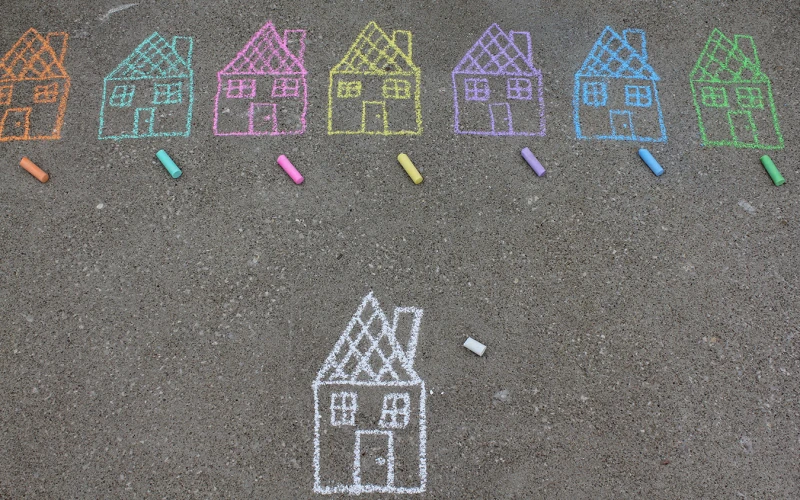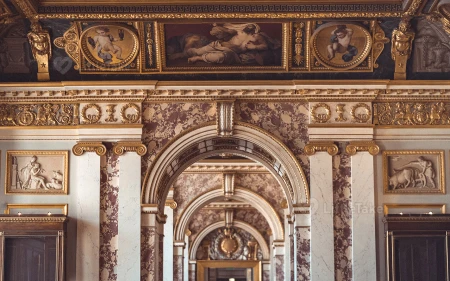
Explore the captivating world of storytelling through visual art and discover how artists have used their creativity to communicate powerful narratives throughout history.
1. The Origins of Storytelling in Visual Art
Long before the written word, visual art was used to tell stories. From ancient cave paintings to Egyptian hieroglyphics, humans have used images to convey ideas, emotions, and narratives for millennia.
2. The Role of Composition
Composition is a critical element in visual storytelling. By skillfully arranging elements within a piece, artists can guide the viewer's eye, creating a narrative flow and emphasizing key moments or themes.
3. Symbolism and Metaphor
Artists often use symbolism and metaphor to convey deeper meaning in their work. This can add layers of complexity to a piece, inviting viewers to explore and interpret the story behind the imagery.
4. The Power of Color
Color can evoke emotions and set the tone for a piece of art. Through the careful use of color, artists can create atmosphere, suggest mood, and enhance the storytelling aspect of their work.
5. Emotion and Expression
Artists can convey emotions through facial expressions, body language, and even the overall mood of a piece. This emotional connection allows viewers to resonate with the story being told and empathize with the characters.
6. Real-Life Examples
Throughout history, many artists have used their craft to tell stories:
- Leonardo da Vinci: The Last Supper depicts the emotional moment when Jesus announces that one of his disciples will betray him.
- Michelangelo: The Sistine Chapel ceiling tells the story of the creation of the world, humanity, and the fall from grace.
7. The Impact of Technology
Advancements in technology have opened up new possibilities for visual storytelling. Digital art, animation, and virtual reality now allow artists to create immersive experiences that engage viewers in unique ways.
8. The Role of the Viewer
The viewer plays a crucial role in interpreting visual art. Each person brings their own experiences, emotions, and ideas to the artwork, creating a unique and personal connection with the story being told.
9. The Importance of Context
Understanding the cultural, historical, and social context of a piece of art can provide deeper insight into the story being told. This knowledge can enhance the viewer's appreciation and understanding of the artwork.
10. Visual Storytelling Today
From graphic novels and street art to photography and film, visual storytelling continues to evolve, capturing the imagination of audiences around the world. As artists push the boundaries of their craft, new narratives and innovative techniques emerge, enriching our understanding of the human experience.
Visual storytelling has been an integral part of human culture throughout history. By exploring the techniques and examples of storytelling through visual art, we can gain a deeper appreciation for the power of art to communicate ideas, emotions, and narratives, and connect with the stories that shape our world.


















